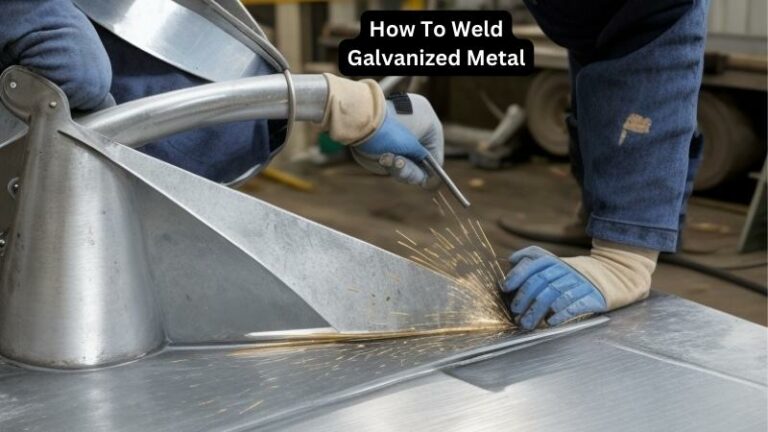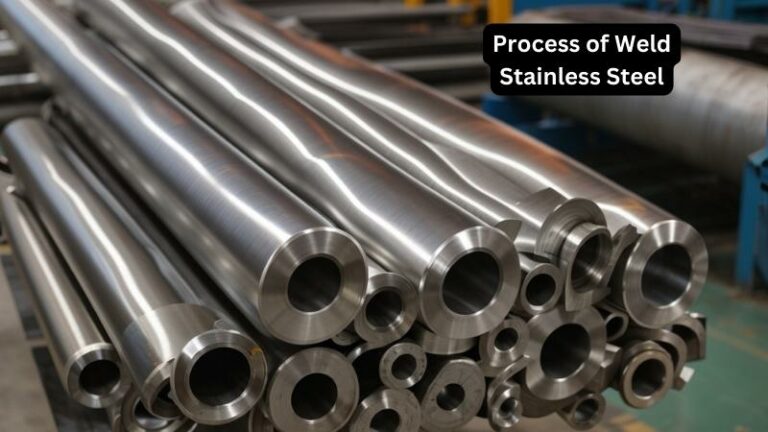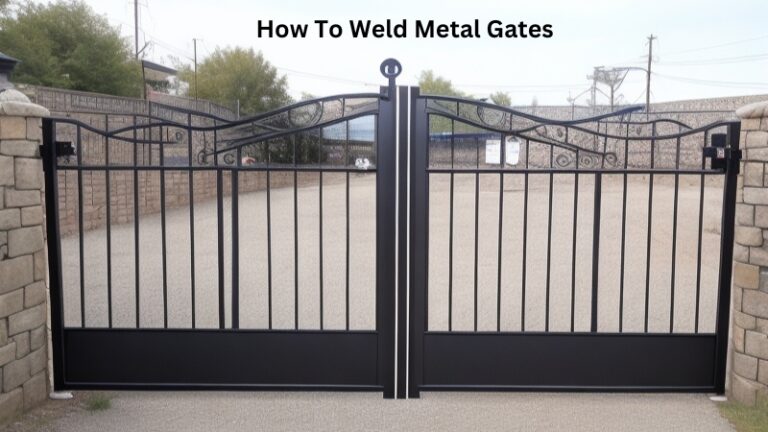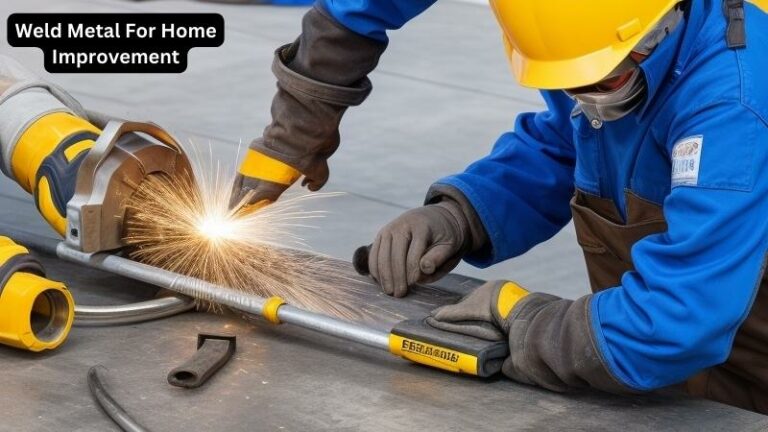How To Weld Thin Metal
Today we discuss How To Weld Thin Metal. From constructing towering skyscrapers to crafting intricate sculptures, welding plays a vital role in shaping the world around us. However, when it comes to working with thin metal, a new set of challenges arises, requiring welders to adapt their approach and refine their skills.
In this guide, we will delve into the fascinating world of welding thin metal, exploring the techniques, tools, and best practices that will empower you to create seamless and durable welds on delicate materials.
Working with thin metal presents a unique set of considerations, as the slightest misstep can lead to warping, distortion, and compromised structural integrity. It requires a careful balance of heat, speed, and precision to achieve a successful weld.
Whether you are a seasoned welder looking to expand your skillset or a curious novice eager to embark on a new artistic journey, this guide will serve as your compass, guiding you through the intricacies of welding thin metal.
From selecting the appropriate welding process to understanding the nuances of joint preparation, we will equip you with the knowledge and confidence needed to tackle projects with finesse and achieve flawless results. So, grab your welding helmet and embrace the artistry of welding thin metal as we embark on this enlightening journey together.
How to Weld Thin Metal:
- Prepare the work area by cleaning the metal surface and removing any dirt or debris.
- Choose the appropriate welding method for thin metal, such as TIG (Tungsten Inert Gas) welding.
- Set up the welding equipment, including the gas supply, electrode, and power source, following manufacturer instructions.
- Securely clamp the thin metal pieces together to ensure proper alignment during welding.
- Start welding by slowly moving the welding torch along the joint, applying consistent heat and filler material.
- Continue welding until the joint is complete, paying attention to prevent excessive heat that could warp or damage the thin metal.
- Allow the welded joint to cool before handling or further processing.
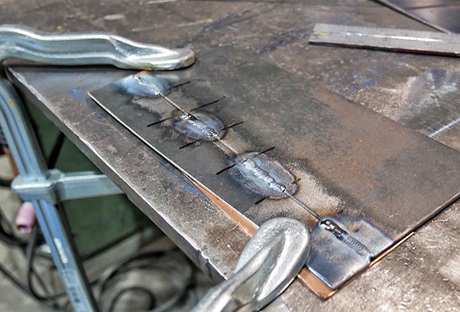
How to Weld Thin Metal
Welding thin metal can be a challenging task that requires precision and attention to detail. Whether you are working on a DIY project or a professional job, it is important to follow the correct techniques to ensure a strong and clean weld. In this step-by-step guide, we will walk you through the process of welding thin metal, from preparation to finishing touches.
Preparation
Before you begin welding thin metal, it is crucial to properly prepare the surface to ensure a successful weld. Here are the steps you should follow:
1. Clean the metal: Start by removing any dirt, rust, paint, or other contaminants from the metal surface. Use a wire brush, sandpaper, or a grinder to clean the area that will be welded. This will help achieve a better bond between the metal pieces.
2. Secure the metal: Clamp the metal pieces together in the desired position. This will ensure that they stay in place while you weld and prevent any movement that could result in a weak or uneven weld.
Choosing the Right Welding Process
When it comes to welding thin metal, not all welding processes are suitable. Here are some options that work well for thin metal:
1. TIG welding: Tungsten Inert Gas (TIG) welding is ideal for thin metal because it allows for precise control of the heat input. This process uses a non-consumable tungsten electrode and a shielding gas to protect the weld from contamination.
2. MIG welding: Metal Inert Gas (MIG) welding is another popular choice for welding thin metal. This process uses a consumable wire electrode and a shielding gas. MIG welding is known for its speed and ease of use, making it suitable for a wide range of applications.
Welding Technique
Now that you have prepared the metal and chosen the right welding process, it’s time to start welding. Follow these steps to ensure a successful weld:
1. Set up your welding equipment: Make sure your welding machine is properly set up for the selected process. Adjust the voltage, wire feed speed, and gas flow according to the specifications for thin metal welding.
2. Start with a tack weld: Begin by creating tack welds at regular intervals along the joint. This will help hold the metal pieces together and maintain alignment during the welding process.
3. Control the heat: When welding thin metal, it is crucial to control the heat input to avoid warping or burning through the metal. Move the welding torch or electrode in a steady and controlled manner, maintaining a consistent travel speed.
4. Use proper technique: For TIG welding, maintain a tight arc length and use a slight weaving motion to distribute the heat evenly. For MIG welding, hold the welding gun at a slight angle and move in a straight line along the joint.
5. Take breaks: Welding thin metal can generate a lot of heat, so it’s important to take breaks to allow the metal to cool down. This will help prevent overheating and reduce the risk of distortion.
By following these steps and using the right techniques, you can achieve strong and clean welds on thin metal. Remember to practice and experiment with scrap pieces before working on your actual project to gain confidence and improve your skills.
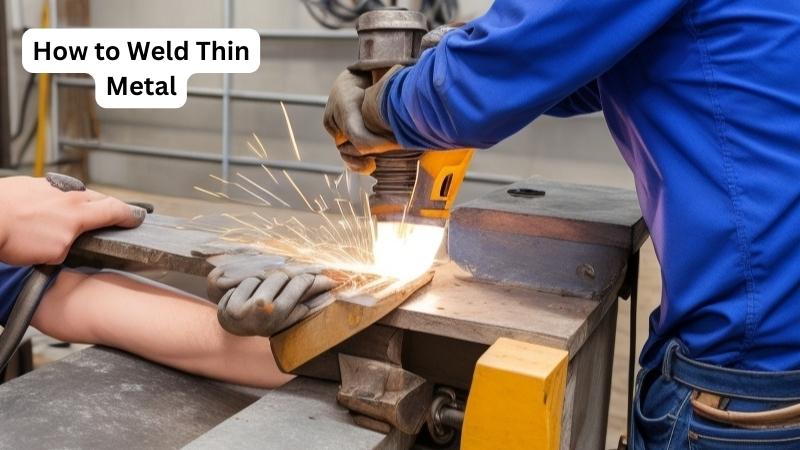
Faqs for How to Weld Thin Metal:
Answer:
In welding, thin metal usually refers to materials that are less than 1/8 inch (3.2 mm) in thickness. It could include materials like sheet metal, aluminum foil, or thin pipes. Welding thin metal requires special techniques and precautions to prevent distortion or burn-through.
Answer:
When working with thin metal, TIG (Tungsten Inert Gas) welding is often considered the best option. TIG welding allows for precise control of heat, which is crucial for preventing warping or blowing through the thin material. The use of a smaller electrode and lower amperage settings also helps in achieving better results.
Answer:
Proper preparation is essential when welding thin metal. Begin by cleaning the surface of the metal to remove any dirt, oil, or rust that could affect the quality of the weld. Use a wire brush or sandpaper to remove any surface contaminants. Next, ensure that the edges of the metal are properly aligned and chamfered to allow for better penetration and fusion during the welding process.
Answer:
To prevent warping in thin metal during welding, it is important to use a technique called stitch welding. Stitch welding involves making a series of small, intermittent welds along the joint, allowing the metal to cool between each weld. This helps to distribute the heat and minimize distortion. Additionally, using clamps or fixtures to hold the metal in place during welding can help to reduce warping.
Answer:
Burn-through, which is the melting or penetration of the metal beyond the desired weld area, can be avoided by using proper welding techniques.
Firstly, it is important to set the welding machine to lower amperage and avoid excessive heat buildup.
Secondly, using a technique called pulse welding, which involves alternating between welding and allowing the metal to cool, can help to prevent burn-through in thin metal.
Finally, adjusting the travel speed and using shorter weld lengths can also minimize the risk of burn-through.

Source: ytimg.com
How To Mig Weld SUPER Thin Metal with (NO WARPING)
conclusion:
learning how to weld thin metal is an essential skill for any aspiring welder or DIY enthusiast. By following the proper techniques and safety measures, you can successfully join thin metal pieces together and create strong and durable welds. Whether you are working on automotive repairs, household projects, or artistic creations, mastering the art of welding thin metal opens up a world of possibilities.
Remember, practice makes perfect when it comes to welding thin metal. Don’t be discouraged if you encounter challenges along the way. With patience, dedication, and a commitment to honing your skills, you can become proficient in welding thin metal and achieve professional-looking results. So don’t hesitate to dive into this fascinating and rewarding craft – your next welding project awaits!
